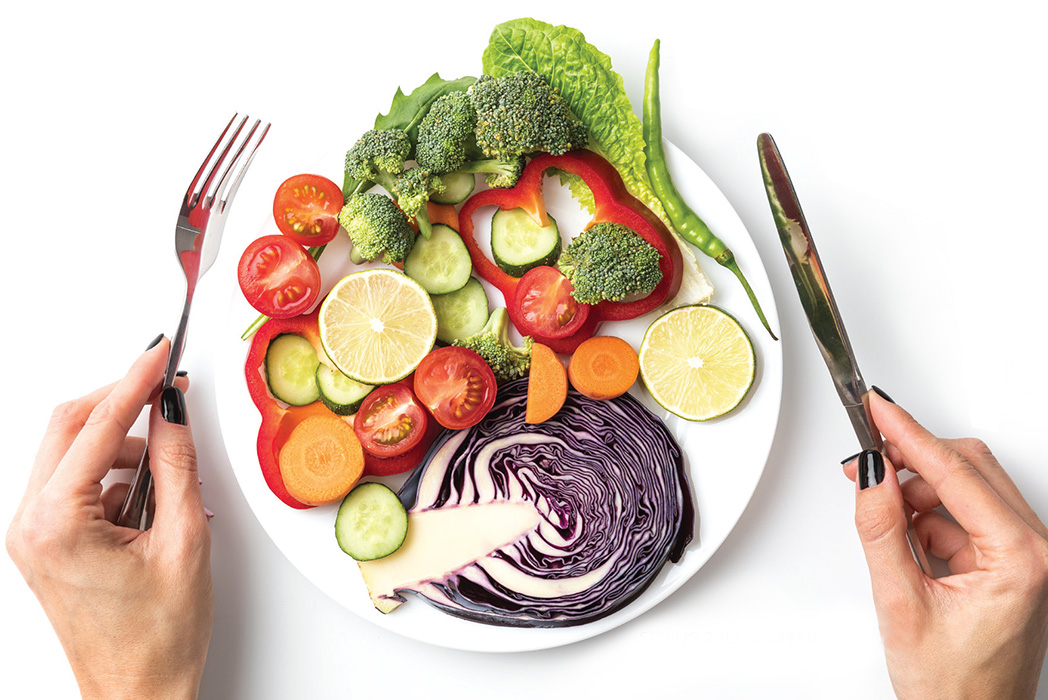Market research shows that today’s consumers are increasingly interested in knowing where their food comes…

A Dangerous Diet?
By Dr. Zoe Harcombe. This article was originally printed in the Spring 2019 (Volume 4 Issue 2) of Sustainable Farming magazine. To read the full issue please visit agreenerworld.org/resources/sustainablefarmingmagazine.
On January 17, 2019, a report was published in prestigious journal The Lancet claiming to address “the need to feed a growing global population a healthy diet while also defining sustainable food systems that will minimize damage to our planet.”
The EAT Lancet Commission report was written by 37 people from 16 different countries, and was three years in the making. The researchers detailed a “healthy reference diet,” presented as the ideal diet for population and planetary health.
Dangerous to recommend
Referred to as “The EAT diet” in extensive media coverage, the major sources of energy came from: grains (811 calories), legumes (426 calories) and vegetable oils (411 calories)—including palm oil. Red meat was to provide just 30 calories a day (14g). Sugar provided almost as many calories (120/day) as the meat, fish and eggs element combined.
As a nutritionist, I replicated the diet as closely as possible using the notes and calorie intakes. The diet was based on 2,500 calories per day, presumably for an adult male. Notwithstanding that an adult female would consume four fifths of the diet (and nutrients), the diet was already nutritionally deficient.
Key deficiencies
The most serious deficiencies were:
Vitamin D: just 5% of the Recommended Dietary Allowance (RDA) of 15mcg was provided, and some of that came from plants—and thus was not D3, which is the body’s preferred form.
Retinol: 17% of the RDA of 900mcg. Retinol is the form in which the body needs vitamin A; carotene conversion cannot be relied upon.
Calcium: 55–65% of 1,000–1,200mg recommended.
Iron: the paltry amounts of beef, pork, chicken and fish provided a maximum of 1.1mg of heme iron, the most absorbable form. The RDAs for vegetarians are 1.8 times higher than for people who eat meat. Barely half the iron intake for females would thus be provided.
Essential fatty acids: 28g of fish cannot provide the EPA and DHA required, while the nutritionally poor 350 calories of highly unsaturated fats would create an unhealthy omega-6 to omega-3 ratio.
Vitamin B12: Vitamin B12 requirements were almost met, but allowed for animal foods to be replaced with plants—and these would not provide B12. There was also a significant error on page 16 of the report: “The only exception is vitamin B12 that is low in animal-based diets.” That should read “low in plant-based diets.”
Wider concerns
There were also issues with vitamin K, which was mostly K1 from plants—and not the more easily-absorbed K2 from fermented foods and some foods of animal origin. The diet also provided
just 67% of the potassium RDA and 22% of the sodium RDA. Potassium and sodium intakes are easily rectifiable, but the other deficiencies are not.
The focus of my examination was to highlight that the EAT diet is nutritionally deficient. Yet there are numerous wider issues with this plant-biased advice; not least, what will all these plants be grown in when there is no top soil left because we have replaced soil-rejuvenating ruminants with exploitative cropping and continued reliance on artificial fertilizers? The EAT diet will cause malnutrition and is dangerous to recommend.
Dr Zoë Harcombe is an author and nutritionist, with a PhD in public health nutrition. Visit zoeharcombe.com.



